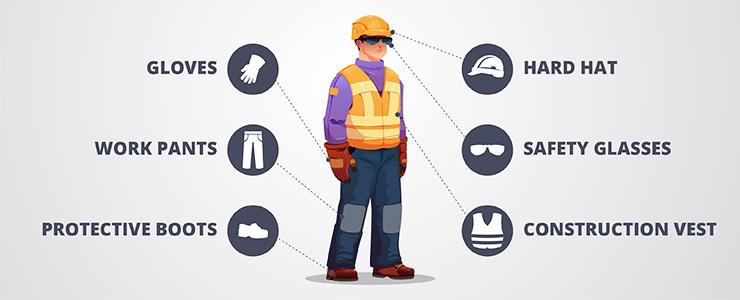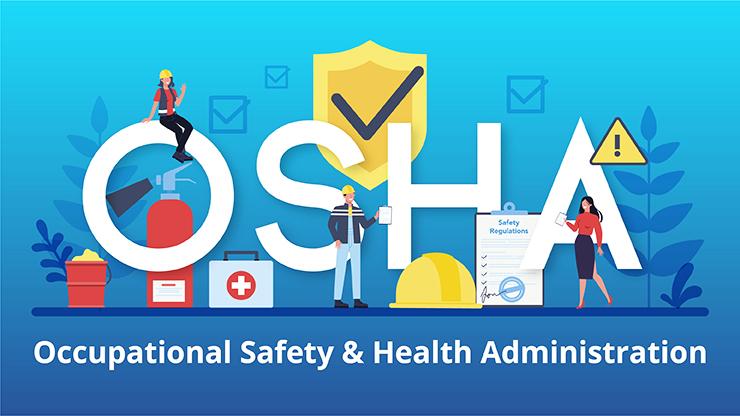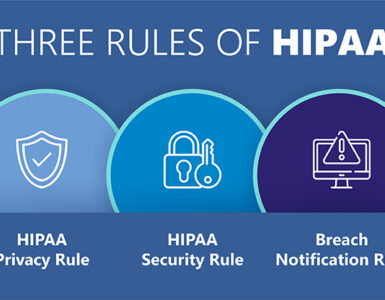Understanding OSHA
Understanding OSHA and its significance is crucial for maintaining a safe work environment. The Occupational Safety and Health Administration (OSHA) sets enforceable standards to prevent workplace injuries and illnesses. OSHA training is essential for both employers and employees, as it provides critical information about safety rights, employer responsibilities, and how to deal with potential hazards. This training is available in various formats, including online and in-person sessions, and covers diverse industries. With effective OSHA training, workplaces can significantly reduce accidents, increase productivity, and ensure a healthier work environment.
What is OSHA training?
OSHA training plays a critical role in ensuring workplace safety. Offered by the Occupational Safety and Health Administration (OSHA), this training educates employees about industry-specific safety standards and regulations. OSHA training covers a wide range of topics, such as hazard recognition, prevention, and emergency response. It helps foster a safe and healthy work environment, minimizing accidents and injuries. Moreover, completing OSHA training often leads to enhanced productivity and job satisfaction, making it an invaluable investment for both employers and employees. In essence, OSHA training empowers the workforce to prioritize safety in every task.
Why is OSHA training important?
OSHA training is essential for promoting a safe and healthy work environment. Through this training, employees learn to identify, prevent, and respond effectively to potential hazards. Besides reducing workplace accidents, OSHA training ensures regulatory compliance, minimizing the risk of costly fines. Additionally, OSHA (Occupational Safety and Health Administration) training is fundamental for multiple reasons:
Workplace Safety: The primary aim of OSHA training is to educate employees about potential workplace hazards and safe practices, thereby reducing accidents and injuries.
Regulatory Compliance: OSHA training helps businesses comply with federal and state regulations, reducing the risk of costly fines and penalties for non-compliance.
Employee Morale: A safe workplace contributes to employee satisfaction and morale. When employees feel their employer is invested in their safety, it increases their loyalty and productivity.
Cost Savings: Preventing workplace accidents reduces costs associated with workers’ compensation claims, medical expenses, and lost productivity.
Risk Management: OSHA training helps identify and manage risks before they become serious issues, providing a safer, healthier work environment for all.
In essence, OSHA training is crucial in fostering a culture of safety, mitigating risks, and promoting regulatory compliance.

What you need to include in your OSHA training
Ensuring workplace safety is paramount and OSHA training can help achieve this goal. A comprehensive OSHA training program should include an understanding of the Occupational Safety and Health Act, hazard identification and prevention, safe use of tools, machinery, and equipment, handling of hazardous materials, and emergency response protocols. It should also cover workers’ rights and employer responsibilities under OSHA regulations. Incorporating these vital elements can make your OSHA training effective in preventing workplace accidents, promoting a culture of safety, and complying with regulatory standards. Remember, an informed workforce is a safe workforce.
Creating a comprehensive OSHA training program involves various components that equip employees with the knowledge to maintain a safe working environment. Here’s what to include:
Understanding OSHA Standards: Provide clear, detailed explanations of the Occupational Safety and Health Act, the role of OSHA, and the standards specific to your industry.
Hazard Identification: Train employees on recognizing potential hazards, understanding their risks, and preventing workplace incidents.
Personal Protective Equipment (PPE): Outline the proper use, maintenance, and disposal of PPE.
Emergency Procedures: Include steps for evacuation, handling hazardous substances, and procedures for various emergency scenarios.
Health and Safety Policies: Clearly explain company-specific health and safety policies.
Reporting and Recordkeeping: Teach how to report accidents, injuries, and illnesses, and keep appropriate records as per OSHA guidelines.
Rights and Responsibilities: Ensure employees are aware of their rights to a safe workplace, and their responsibilities for maintaining it.
By including these key components, your OSHA training program can effectively promote a safer, healthier workplace.

When to conduct OSHA training?
OSHA training plays a crucial role in promoting workplace safety and health. While the specifics depend on the nature of your business, it’s necessary to conduct initial OSHA training for new hires or when employees transition into roles with new hazards. In addition, OSHA training should be carried out annually to refresh knowledge, introduce new safety standards, and ensure compliance. Also, if new equipment or hazardous substance is introduced or in the aftermath of a workplace accident, immediate OSHA training becomes imperative. Regular, comprehensive OSHA training can effectively reduce workplace accidents and foster a culture of safety.
emPower eLearning
Harness the power of digital learning with emPower eLearning’s OSHA Training LMS. This innovative platform offers comprehensive, engaging, and compliant OSHA training modules tailored to meet varying industry needs. Its user-friendly interface allows for easy course navigation, progress tracking, and timely completion. With emPower eLearning, OSHA training becomes an engaging experience rather than a regulatory burden, ensuring a safer, more knowledgeable workforce. Equip your team with the necessary safety skills, and create a culture of compliance with emPower eLearning’s OSHA Training LMS today.






